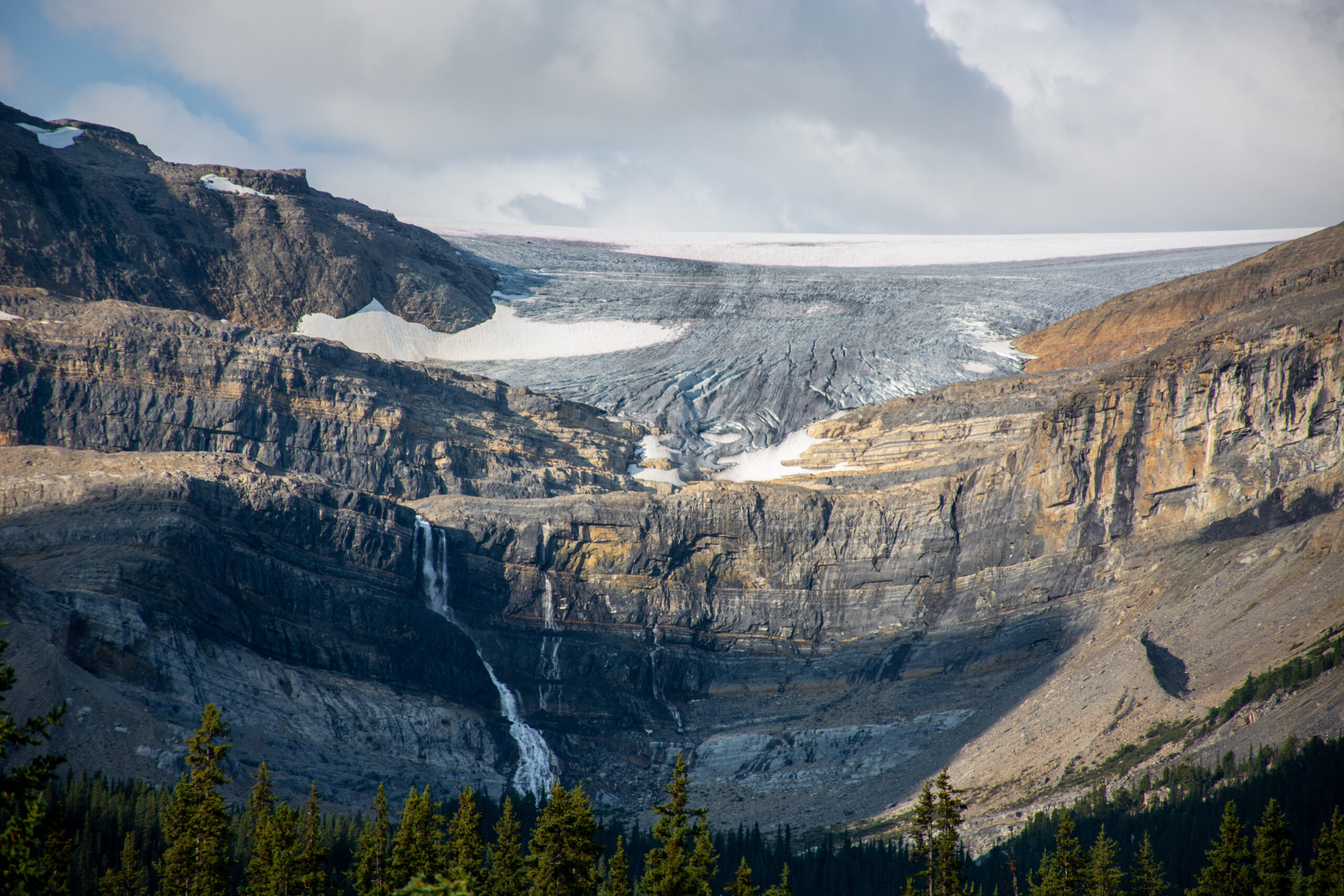Biodiversity Change in Mountain Protected Areas
The announcement of the special issue “Biodiversity Change in Mountain Protected Areas” in our scientific journal eco.mont. Please find below the written announcement of this call.
The special issue is a perfect opportunity to present your mountain biosphere reserve to the global community and to share your work, best-practice examples, methods and so on.
eco.mont – call for special issue “Biodiversity Change in Mountain Protected Areas”
The editorial team of eco.mont with our special guest editor Harald Pauli (Institute for Interdisciplinary Mountain Research, GLORIA Working Group, Austrian Academy of Sciences) would like to draw your attention to the call for papers for the special issue “Biodiversity Change in Mountain Protected Areas” due in March 2025. With this special issue we also cooperate with the ForumAlpinum 2024, see attachment, which will take place 12.- 14. June 2024 in Kranjska Gora, Slovenia, for more information see here.
Mountains are home to an exceptionally rich biodiversity, including many endemic species. As a consequence, about one third of all terrestrial protected areas, such as national parks or biosphere reserves, are located in mountain regions. Yet the biodiversity in these areas is under threat: climate change, land use change, pollution, over-exploitation and invasive alien species are all driving biodiversity change, affecting natural and cultural landscapes.
The contraction of bioclimatic belts along the elevation gradient results in a large number of habitat types. This is further enhanced by complex topography, favouring a great diversity of microclimates with different thermal and moisture conditions, and hence an extraordinarily high biodiversity.
Climate change in mountains is driving species to migrate to higher altitudes. Changes in the thermal conditions, resulting in reduced snowpack periods and water availability, amplify the consequences of climate change for high mountain biota. Cold areas of alpine habitats are generally small in extent, making species adapted to them especially prone to extinction processes.
Climate change is also affecting the appearance of high mountains. The melting of glaciers, for example, is creating new glacial lakes and glacier forelands. Glacier melt and seasonal changes in precipitation patterns alter the hydrology and temperature regime of alpine streams, affecting the biodiversity, structure and functioning of mountain river ecosystems.
With this special issue, we would like to highlight biodiversity changes in mountain protected areas. Additionally, we would like to present adaptation and mitigation strategies implemented by park management as well as monitoring strategies.
If you are interested in contributing to this issue, please contact Valerie Braun (valerie.braun@oeaw.ac.at; guenter.koeck@oeaw.ac.at).
– Editors: Valerie Braun, Günter Köck, Margreth Keiler (eco.mont, ÖAW-IGF, UIBK), Harald Pauli (Guest Editor; University of Natural Resources and Life Sciences Vienna, ÖAW-IGF)
– Publication date: March 2025
– Deadline for the submission of articles: 31.03.2024


